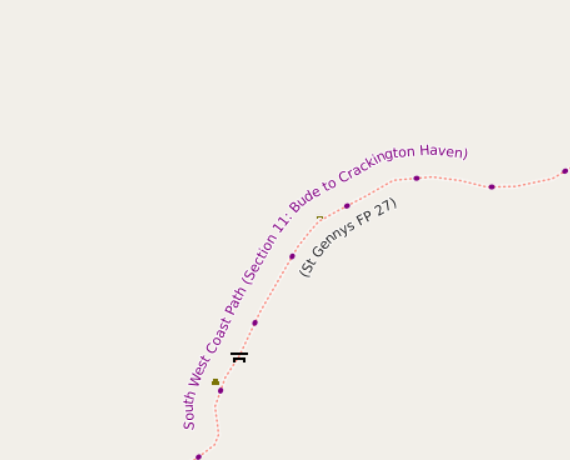
I maintain a web map style that shows walking and cycling route names. For the cycle routes, it shows the ref. For some time I’ve massaged some of the names so that e.g. National Byway loops show as “NB (loop)” just like on the signage. However, as can be seen from the example above, some hiking route names are a bit convoluted - they’re more like descriptions than names.
For example, osm.org/relation/3971851 is the England Coast Path. Open up the list of members to see the names, which includes such delights as “King Charles III England Coast Path: Southend-on-Sea to Wallasea Island”. I’m pretty sure that it doesn’t say that on the signs there.


:focal(1500x1071:1501x1072)/https://tf-cmsv2-smithsonianmag-media.s3.amazonaws.com/filer_public/36/78/367882ad-8edd-4f70-8e50-20a9cc9a75f1/fam_hop_night_lights_blue_by_james_pepper_henry_3000.png)









